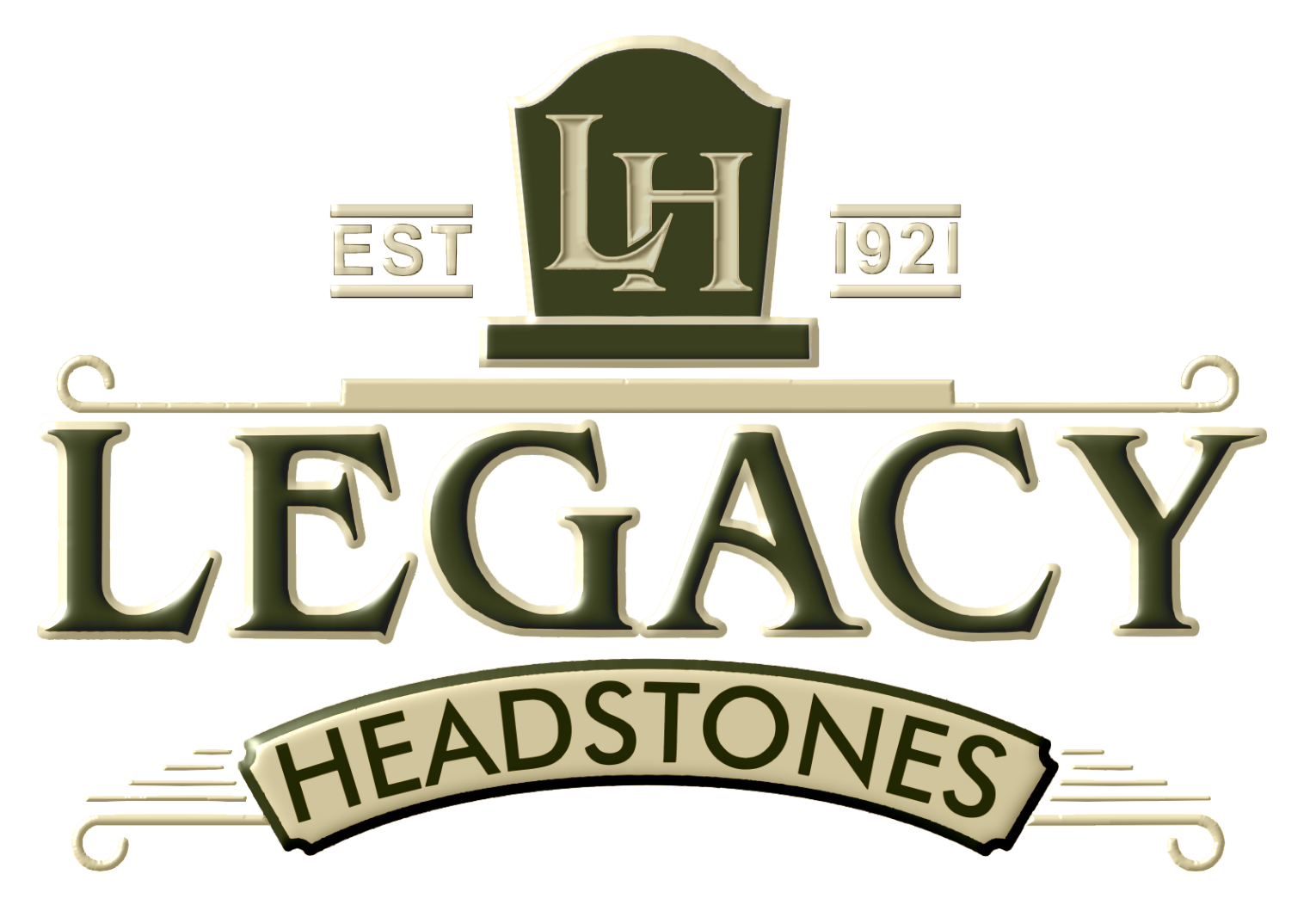Blog posts

Can I Install My Own Headstone?
What You Need to Know Before You DIY Placing a headstone for a loved one is a deeply meaningful act—and for some families, taking part in the installation process themselves...

How to Handle the First Father’s Day After Losing a Father
The first Father’s Day after losing a father can be incredibly challenging. What’s typically a day of celebration and appreciation can instead bring up feelings of emptiness, sadness, and longing....

Your Guide to Headstone Maintenance
Maintaining a headstone is a sacred act of remembrance, a tangible way to honor the memory of a loved one. Over time, exposure to the elements can cause even the...

Burial vs. Cremation: Know Your Options
When it comes to end-of-life decisions, few choices carry as much weight as deciding between burial and cremation. This deeply personal decision can be influenced by family traditions, religious beliefs,...

Tips for Choosing the Perfect Epitaph
When it comes to planning ahead for yourself or making arrangements for a loved one who has passed away, choosing an epitaph can be both a meaningful and challenging task....

The Four Most Touching Memorial Day Tributes
Each year, on the final Monday of May, our nation pauses to observe Memorial Day—a solemn occasion dedicated to honoring the men and women of the United States Armed Forces...

Interesting Burial Traditions from Around the World
Every culture has its own unique way of honoring the deceased. While flowers, life insurance, and headstones are common in Western funeral traditions, other cultures have developed elaborate, symbolic, and...

How to Maintain and Clean a Headstone Properly
A headstone is a lasting tribute to a loved one, a marker that preserves their memory for generations to come. Over time, exposure to the elements can cause dirt, moss,...

Ways to Honor Our Cherished Pet Companions
Losing a pet is one of life’s most difficult experiences. Our pets are more than just animals—they are family, companions, and loyal friends who provide us with unconditional love and...
